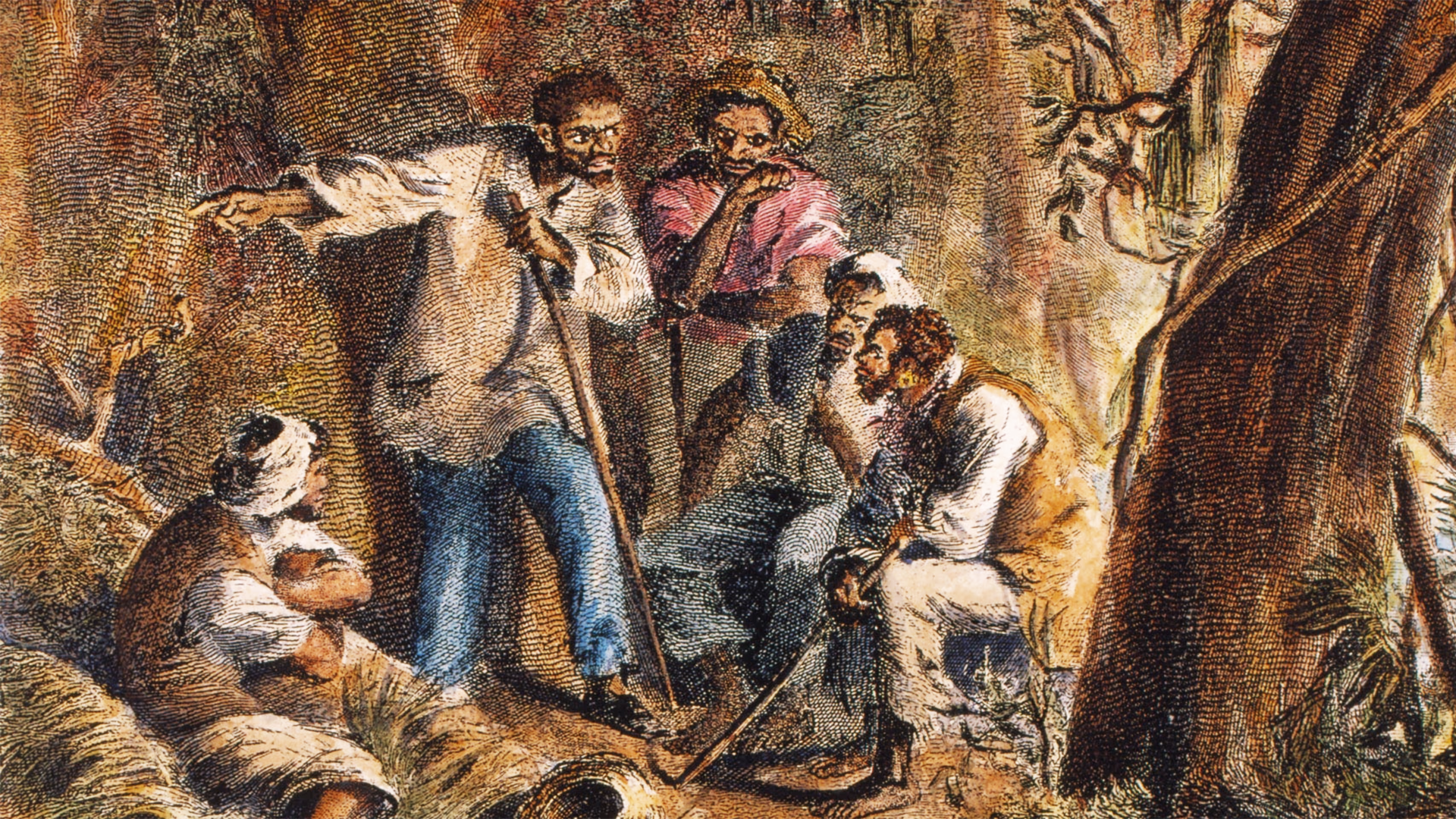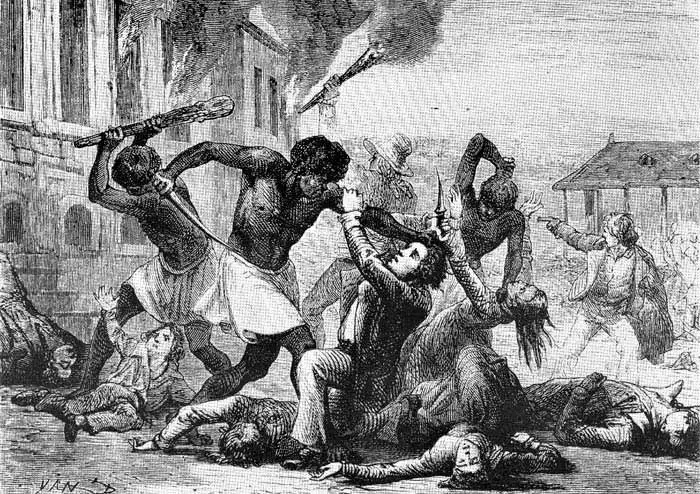Nat Turner’s Rebellion and Resistance to Slavery

Resistance to slavery took many forms—some quiet and hidden, others loud and impossible to ignore.
The Dive
Slavery in the American South was built on control over bodies, labor, culture, and even thought. It was a system designed to strip away humanity and control every aspect of an enslaved person’s life. But enslaved people never stopped resisting. Some forms of defiance were subtle: working slowly to disrupt productivity, feigning illness, breaking tools, preserving African languages and traditions, or secretly learning to read and write despite laws forbidding it. These everyday acts may not make it into Hollywood movies, but they were essential in preserving dignity and fighting back against a system designed to erase it.
In August 1831, resistance took a dramatic turn. Nat Turner, an enslaved preacher and self-proclaimed prophet in Southampton County, Virginia, believed he was chosen by God to lead his people to freedom. On the night of August 21, Turner and a small group of followers began a violent uprising, moving from plantation to plantation and killing approximately 60 white men, women, and children. Their goal was not random violence, it was to strike at the heart of slavery itself.
The rebellion lasted about 48 hours before being suppressed by local militias and federal troops. The retaliation was swift and brutal: white mobs and militias killed an estimated 100 to 200 Black people, many of whom had no involvement in the revolt. Turner evaded capture for weeks before being tried, convicted, and executed by hanging.
The impact of the rebellion rippled far beyond Virginia. In North Carolina and across the South, lawmakers responded with new restrictions designed to prevent any future uprisings. In NC, enslaved people were banned from preaching, gathering without white supervision, or learning to read and write. These laws were intended to cut off the very tools (communication, education, and leadership) that had made Turner’s rebellion possible.
Nat Turner’s Rebellion forces us to grapple with difficult moral questions: Was violent rebellion against slavery justified when peaceful options were impossible? What risks did enslaved people face whether they resisted openly or in secret? For Turner, and many like him, the choice was between living in bondage or risking everything for freedom.
Understanding this moment in history means seeing it from multiple perspectives: the desperation and courage of the enslaved, the fear and fury of the slaveholders, and the political system’s quick turn toward harsher oppression. It’s a reminder that resistance can spark change, but also backlash, and that every act of defiance carried both hope and danger.
Why It Matters
Nat Turner’s Rebellion shows that enslaved people were not passive victims, they were active agents in their own fight for freedom. It also reveals a recurring pattern in history: when marginalized groups push for liberation, those in power often respond with harsher control. Understanding this cycle helps us see the courage it took to resist and the systemic forces that worked to maintain oppression.
?
What forms of resistance to slavery do you think were most effective, and why?
Do you believe violent rebellion against an unjust system can ever be justified? Why or why not?
How did laws passed after Turner’s Rebellion aim to prevent future uprisings?
What similarities can you see between Nat Turner’s time and other historical movements for freedom?
How do everyday acts of resistance compare to large-scale revolts in their impact?
Dig Deeper
Though he was sentenced to death, Nat Turner's resistance to slavery remains relevant to this day.
Nat Turner—known as 'the prophet' in his enslaved community—led a violent uprising that changed everything.
Related

The Regulator Movement: Backcountry Rebellion Before the Revolution
Long before the American Revolution, farmers in North Carolina were already fighting corruption and demanding justice.

The Gilded Age, Industrialization, and the 'New South'
A glittering era of innovation and industry, the Gilded Age promised progress but delivered inequality. In the South, leaders dreamed of a 'New South,' yet industrialization offered opportunity for some while reinforcing systems of poverty and discrimination for others.

The Market Revolution: How Innovation Transformed America
In the early 1800s, America changed from a land of small farms to a booming nation of factories, railroads, and markets. The Market Revolution connected people, goods, and ideas—while also revealing deep inequalities in who benefited from progress.
Further Reading
Stay curious!
